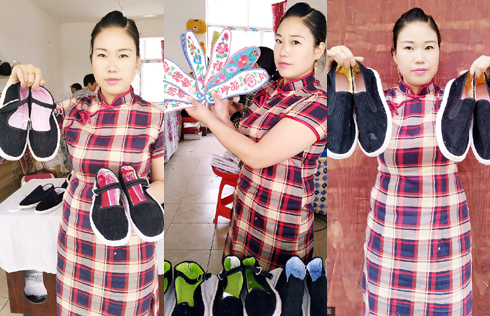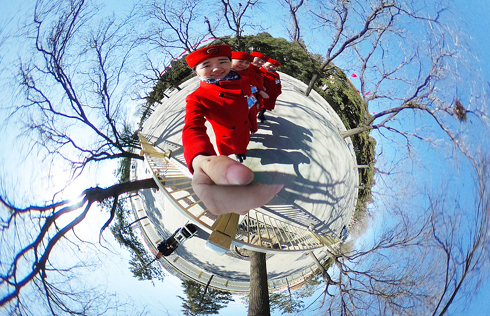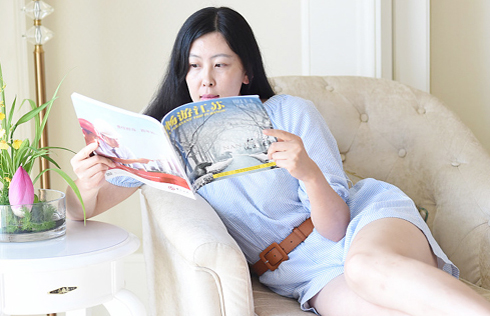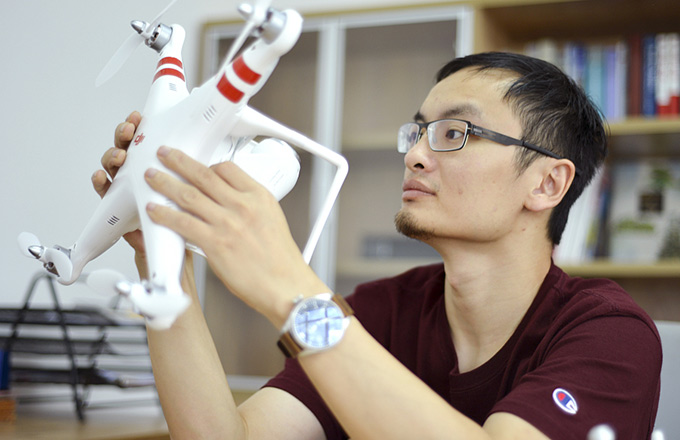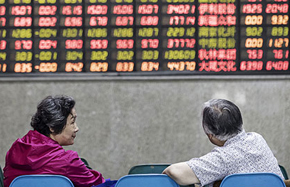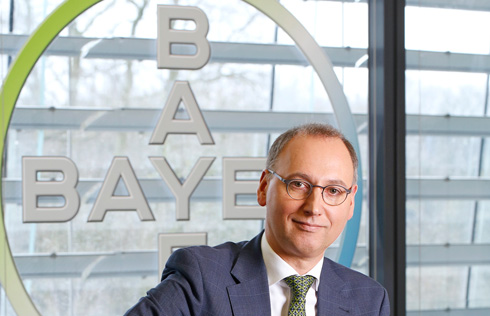China's aging population goes digital
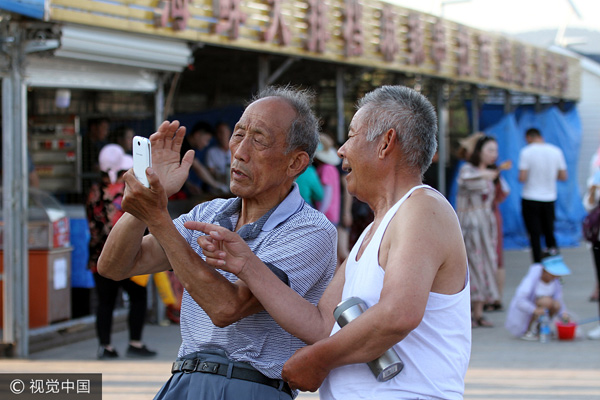 |
|
Two senior citizens take a selfie with a mobile phone in Rizhao, Shandong province, May 28, 2017. [Photo/VCG] |
BEIJING - In a room in the service center of Anlelin Residential Community, Fu Guiling and her neighbors unskillfully fiddle with touchscreens, shaking their smartphones while giggling.
The 66-year-old woman was intimidated by mobile devices until she attended a course offered by See Young, a Beijing-based nonprofit group, which defines its mission as helping the elderly to harness technology.
Picture and video sharing, online chatting and shopping may be easy for the younger generation, but for China's more than 230 million elderly who grew up in a pre-digital age, technology often moves too fast for them to keep up.
The generation forgotten by tech
"What's the problem with my phone? The screen has turned black. I can't open it," Fu asks a See Young volunteer.
She is confused by the "screen lock" function. Two weeks ago, her daughter gave her an unwanted Huawei smartphone. It is her first time to own such a device.
"I only know how to answer the phone," she laughs.
However, the See Young course is teaching Fu and several of her neighbors the various ways to use social networking app WeChat, such as enlarging the font, using the "shake" function and how to create group chats.
Since it opened its doors in 2011, See Young has helped more than 18,000 senior citizens across the country and has more than 3,800 volunteers, mostly university students.
"Everything started from my beloved grandma," said Zhang Jiaxin, co-founder of See Young, which was developed by a student voluntary team at Beijing University of Posts and Telecommunications.
Born in a small town of northwest China's Shaanxi province, Zhang was brought up by his grandma. In 2008, he went to university in Beijing, and the only way for his grandma to see him was through video calls.
"I taught her step by step, but she still failed to do it," Zhang said. "I realized that there must be many grandmas in China who could not handle computers and other modern gadgets. So I started See Young to make their old age easier."
Aging poses many challenges - weaker eyesight, shortened memory, less agile fingers. The older generation often finds themselves excluded by the modern technology that the rest of society finds indispensable.
China had more than 230.8 million people aged 60 or above at the end of 2016, 16.7 percent of the total population, according to the Ministry of Civil Affairs. The country's elderly will account for about one-quarter of the population by 2030.
Closing the gap between the elderly and new technology can be an effective way to solve many of the problems with aging. It can open up a whole new social world.
Fu used to work at Beijing Enamel Factory, a well-known enterprise producing cloisonne. Since retirement, she visits Beijing's Tiantan (Temple of Heaven) Park each morning, before going to the vegetable market and returning home to make lunch.
"My daughter was very busy. She installed some apps for me but had no time to show me how to use them. I'm a slow learner," Fu said.
Fu has pasted a small piece of paper on the back of her phone, with her screen name and phone number written on it.
"I can't remember many things. But technology helps me connect with old friends. I feel young again," she said.
The old are still young
The name See Young derives from an ancient Chinese poem: "Glowing days never come again, and the sun never rises twice a day."
However, by navigating the wired world, "the sun really can rise again for the elderly," Zhang said. "The name can also be interpreted as 'See, the old guys are still young.'"
Zhang Jin, a 61-year-old former pharmacist, adds using shared bikes, managing money online and creating video on her study list.
"In a fast developing society, we are afraid of being left behind by the young. So we make valiant efforts to get to grips with new things," Zhang Jin said.
Supported by government funds and social donations, See Young's courses involve mobile payment, online hospital registration, WeChat use and creating video from images and music. Each course provides one lecturer and several volunteers.
"What kind of courses given are based on our research. For example, as the older generation treasures the memories of yesterday, we teach them to use an app to digitalize old photos," said Wang Xianggui, a 22-year-old See Young teacher and junior student with the university.
Digital groups provide safety too. Another co-founder Luo Xu says the elderly are often targets for financial fraud, so they offer a class on what to look out for.
The nonprofit group has summarized their experience and published three books. It has also been filming about 10 online courses since July. With online courses, local communities can organize lessons and activities even without See Young's participation.
"Our priority is connecting the older generation with technology. Later, we plan to involve more issues that they really care about, like heritage distribution," Luo said.
"In addition to enjoying the easier life given by technology, some come just to chat and avoid loneliness," Wang said.
Wang, an information engineering major, plans to work in an Internet company after graduation.
"At that time, perhaps I can help these grandpas and grandmas connect with technology in another way, like inventing more senior-friendly digital tools," he said.


